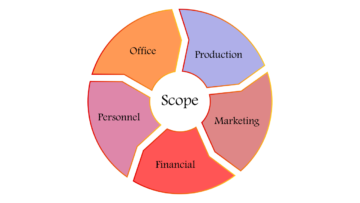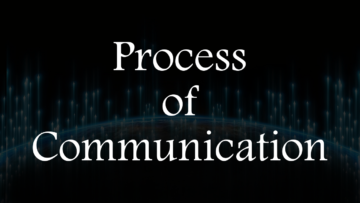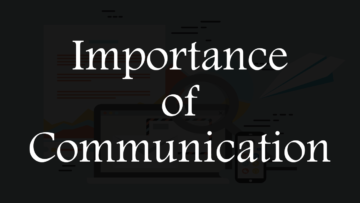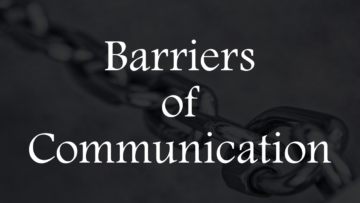Communication is a process of transferring information from one to another which requires all the essential elements of communication. If any one element is missing then communication cannot take place because communication is a process and the process is complete only when all its elements are present.
Every element has equal importance in communication because all the elements have equal importance. For example, if the sender is missing then communication will not happen, if information is missing then also communication will not happen, if the receiver is missing then also communication will not happen etc.
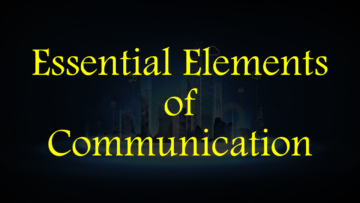
Table of Contents
Essential Elements of Communication
Following are the essential elements of communication:
1. Sender:
Sender means the one who initiates the communication, prepares the information and sends the information to the other person. Communication cannot start without a sender because it is the first essential element of communication that is why a sender is necessary to start a communication. The sender can be an individual or a group or both, it entirely depends on the nature of the communication and the place of communication, etc.
2. Receiver:
Receiver means one who receives information from the sender. The receiver is also an essential element of communication because without the receiver communication is not possible. The receiver may also be an individual or a group or both, it entirely depends on the nature of the communication and the place of communication, etc.
3. Information:
Information means subject matter, it includes ideas, suggestions, feelings, facts, etc. The sender starts communication only when he has the information because without information communication does not start. Communication is done only to transfer information from one to another. If there is no information then how there will be communication, that is why information is an essential element of communication.
4. Channel:
Channel is required to transfer information from sender to receiver because without channel information is not transferred from sender to receiver. There are various types of channels available in the market such as telecommunication, electronic communication, post, courier, etc. Which channel to use to transfer information completely depends on the sender, receiver, nature of communication, place of communication etc.
5. Feedback:
Feedback means giving response to the information. Feedback is given by the receiver of information and is an essential element of communication. Whether communication is successful or not depends on the feedback of the receiver. If the feedback is positive then it means that the communication has been successful, similarly if the feedback is negative then it means that the communication has not been successful.
Read Also:
QNA/FAQ
Q1. Who is the sender in communication?
Ans: Who initiates the communication, prepares the information and sends the information to the other person.
Q2. Who is the receiver in communication?
Ans: Who receives information from the sender.
Q3. What is information in communication?
Ans: Information means subject matter, it includes ideas, suggestions, feelings, facts, etc.
Q4. What is channel in communication?
Ans: In communication, through which information is sent to the receiver is called channel. Such as telecommunication, electronic communication, post, courier, etc.
Q5. What is feedback in communication?
Ans: Feedback means giving response to the information. Feedback is given by the receiver to the sender.
Q6. Write the essential elements of communication.
Ans: Following are the essential elements of communication:
1. Sender
2. Receiver
3. Information
4. Channel
5. Feedback


